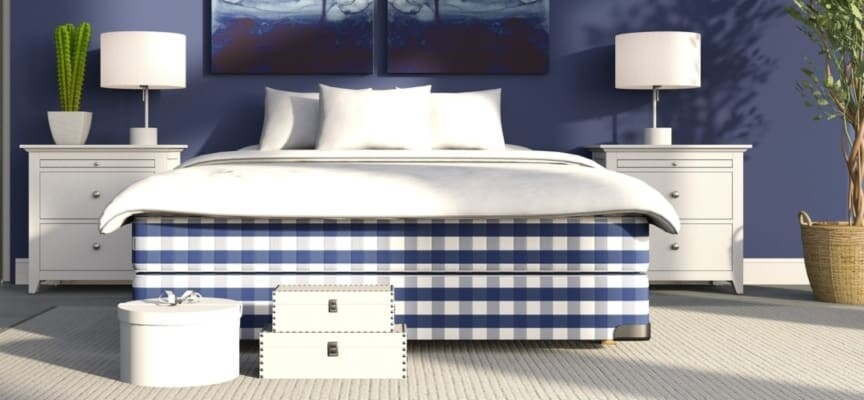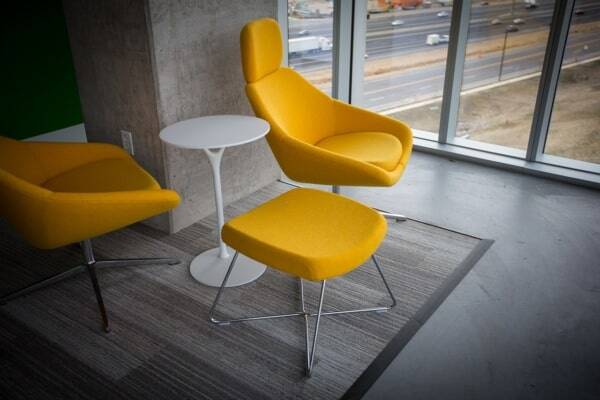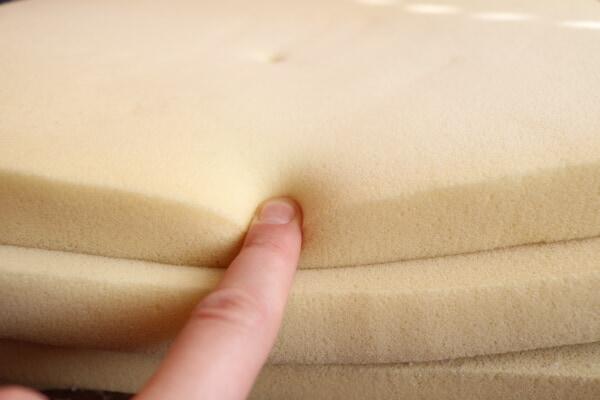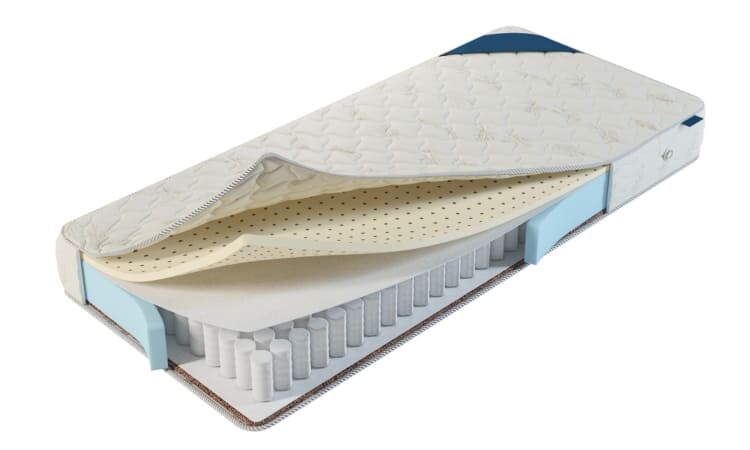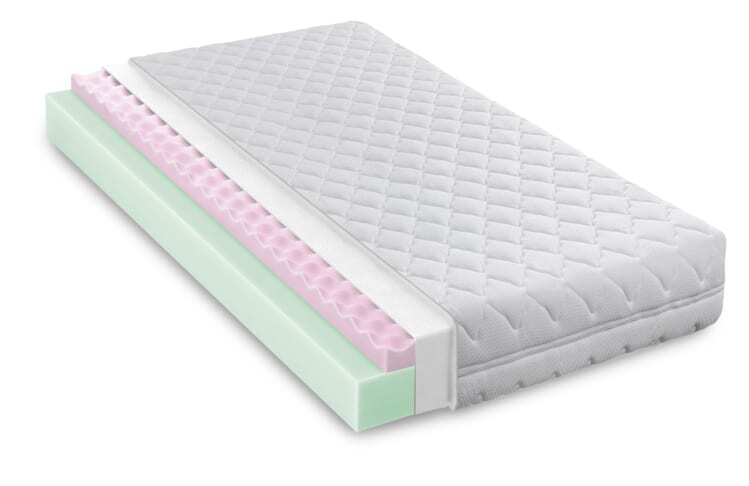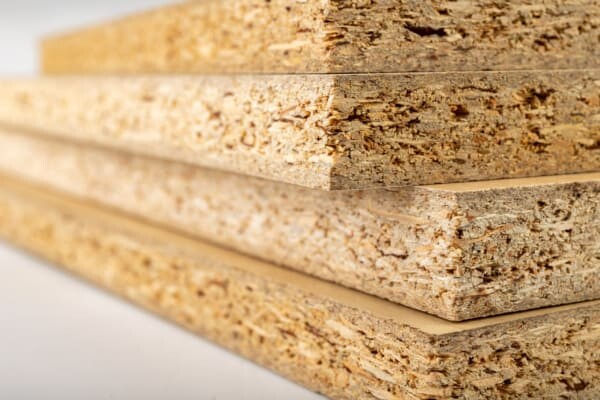Heat-resistant wood veneers and laminate adhesives
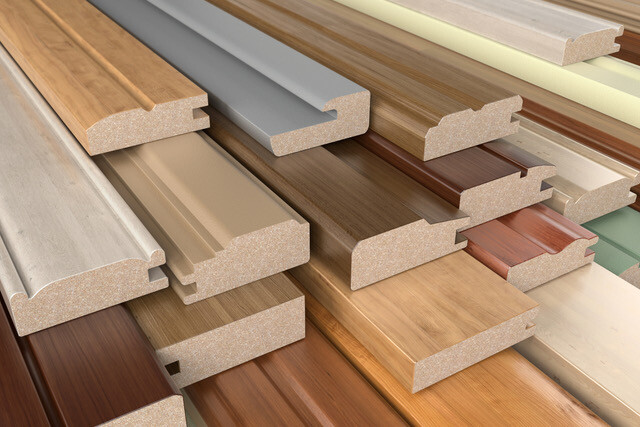
Heat-resistant wood veneers and laminate adhesives
Hot-melt adhesives have long been highly valued for their versatility and strength. Those two qualities cannot be overemphasized—after all, there seem to be as many needs for adhesives as there are adhesives on the market. Of course, product performance can always be improved. While a one-size-fits-all, do-everything, universal adhesive might not quite be on the horizon, recent technological innovations include hot-melt glues that are effective with laminated paper and wrap profiles, are applicable for auxiliary furniture companies and their application machines, and, last but not least, won’t empty your bank account. Read on to learn more.
Qualities to look for in heat-resistant hot-melt adhesives
In spite of claims made in recent years about the end of office work and the so-called revolution of working from home, offices aren’t going away anytime soon—and neither is office furniture. Given looming overhead costs, often narrow profit margins, and the general pressure to survive in the business world, it is essential for office or auxiliary furniture to not only be of high quality, but also quickly and affordably produced. This goes for not only the materials you see on the outside, but also for the material that holds the office furniture (and thereby the office) together: glue.
The basics of hot-melt glues are straightforward. Pick your glue, heat it to the point of melting, and apply with your roller, nozzle or injector. As a hotmelt product, there is always a melting process before applying the glue on the paper foil, wood veneer, laminated product, or other material.
Beyond those steps, finding the best fit for a hot-melt adhesive is a matter of which adhesive can withstand the highest temperatures of the melter and roller, while minimizing potential adhesive degradation loss, and whether the materials and surrounding climate make for optimal work conditions. Auxiliary furniture companies can supply the parts, and wrapping machines can do the dirty work, but it really is the type of adhesive that “glues” everything together—literally.
Wooden profile wrapping can be mismanaged if the adhesive used fails to have good bonding quality, with high temperature resistance, in order for the furniture to survive exposure temperatures that run as high as 80-90ºC when applying the adhesive. The above can be accomplished with more conventional adhesives such as EVA hotmelt and PUR hotmelt. EVA and PUR hotmelts, however, can be costly, PUR in particular, and there is no guarantee that EVA hot-melt adhesive will sustain an ideal high temperature resistance.
Ideally, a buyer is able to strike a balance between price and quality, and an alternative with a better quality-price radio would be warmly welcome.
Innovations in laminate adhesive
APAO or Polyolefin hot-melt adhesive is a more recent innovation that can be both higher performance and lower cost in comparison with EVA and PUR. As a non-crystalline adhesive, APAO is flexible and with high initial tack, with a long setting time, making these adhesives ideal in product assembly situations with long open times and the aforementioned extraordinarily high heat resistance. In other words, not only is APAO adhesive adaptable to a vast array of materials; APAO adhesive is also easily applicable via the various furniture-oriented profile-wrapping machines that are on the market.
Furthermore, the better APAO adhesives out there can be stored for 2 years or longer, provided the product is stored under relatively cool conditions (between +5 and +35°), making them dependable long after initial purchase, whether you use it or not. Perhaps closer to the “bottom line” when making a decision is that, at least in comparison with PUR or polyurethane adhesive, an APAO adhesive is simply better priced. A quick check on the internet shows that APAO prices are consistently lower than PUR-based products.
A good, modern laminated paper adhesive does all of the above and more. High performance in terms of good bonding quality does not suffer at high exposure temperatures of 80-90ºC. And, versatility still matters more than we might think. Auxiliary furniture may seem vanilla, but there are so many materials used in the furniture industry that glues need to be developed to wrap profiles of chipboard, hardboard, light paper and melamine paper foils, MDF (medium-density fibreboard), polyester laminates, other fine-grained wood-based materials, or even solid wood. A good profile-wrapping hot melt successfully adheres to all of the above materials and more, and does so in medium high speed machines like Barberan and Duespohl that are equipped with applicators like Nordson, Robatech, or Metler. These are the benefits of APAO, in a nutshell.
With all this information, where to begin?
The first step to finding the right hot-melt adhesive is being informed about your options, and at least in that regard, this article should have you covered. But what then? Before your eyes glaze over from comparing hundreds of websites, cut through the advertising and misinformation on the internet and simply reach out to us. We can connect you to experienced vendors and users of APAO adhesives, who in turn can ensure that you work with an adhesive provider with comprehensive after-sales service, including technical support by phone, video call, or even in person, and in-lab quality control as needed. Speak with our representatives and get pointed in the right direction, today.
Contact our experts and get guidance on finding the best solution for your furniture substrate bonding needs.
